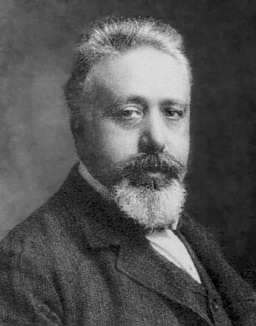
Vito Volterra was an Italian mathematician and physicist, known for his contributions to mathematical biology and integral equations, being one of the founders of functional analysis.

Tullio Levi-Civita, was an Italian mathematician, most famous for his work on absolute differential calculus and its applications to the theory of relativity, but who also made significant contributions in other areas. He was a pupil of Gregorio Ricci-Curbastro, the inventor of tensor calculus. His work included foundational papers in both pure and applied mathematics, celestial mechanics, analytic mechanics and hydrodynamics.

Ennio De Giorgi was an Italian mathematician who worked on partial differential equations and the foundations of mathematics.
Mario Torelli was an Italian scholar of Italic archaeology and the culture of the Etruscans. He taught at the University of Perugia.
Giuseppe Lugli was Professor of ancient Roman topography at the University of Rome from 1933 to 1961.
Giovanni Colonna is a contemporary Italian scholar of ancient Italy and, in particular, the Etruscan civilization.
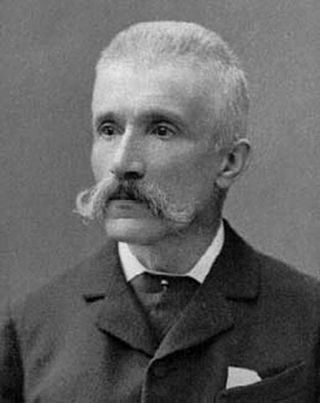
Francesco Brioschi was an Italian mathematician.
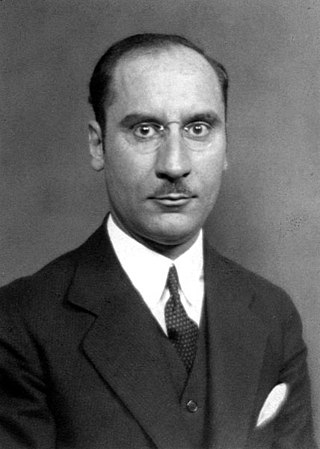
Leonida Tonelli was an Italian mathematician, noted for proving Tonelli's theorem, a variation of Fubini's theorem, and for introducing semicontinuity methods as a common tool for the direct method in the calculus of variations.

Mauro Picone was an Italian mathematician. He is known for the Picone identity, the Sturm-Picone comparison theorem and being the founder of the Istituto per le Applicazioni del Calcolo, presently named after him, the first applied mathematics institute ever founded. He was also an outstanding teacher of mathematical analysis: some of the best Italian mathematicians were among his pupils.
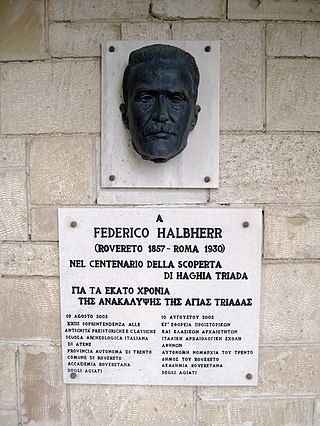
Federico Halbherr was an Italian archaeologist and epigrapher, known for his excavations on Crete. In particular, he is known for his excavations of the Minoan palace at Phaistos and the Minoan town of Hagia Triada. A contemporary, friend, and advisor of Arthur Evans, he began excavating at Phaistos before Evans began excavating at Knossos. Some of his work was funded by the Archaeological Institute of America.
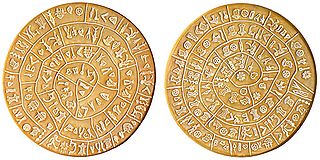
Luigi Pernier was an Italian archaeologist and academic now best known for his discovery of the Disc of Phaistos.

Gaetano Fichera was an Italian mathematician, working in mathematical analysis, linear elasticity, partial differential equations and several complex variables. He was born in Acireale, and died in Rome.

Via Cristoforo Colombo is a street in Rome (Italy) that links the historic centre to Ostia. Along most of its route, the street has three lanes for each direction of movement. With its 27 kilometres (17 mi) length it is the longest Italian road among those included within the borders of a single municipality and, in several stretches, the largest in Italy.

Andreas Musalus was a Greek professor of mathematics, philosopher and architectural theorist who was largely active in Venice during the 17th-century Italian Renaissance.

Luigi Amerio, was an Italian electrical engineer and mathematician. He is known for his work on almost periodic functions, on Laplace transforms in one and several dimensions, and on the theory of elliptic partial differential equations.
Dario Graffi was an influential Italian mathematical physicist, known for his researches on the electromagnetic field, particularly for a mathematical explanation of the Luxemburg effect, for proving an important uniqueness theorem for the solutions of a class of fluid dynamics equations including the Navier-Stokes equation, for his researches in continuum mechanics and for his contribution to oscillation theory.
Gianfranco Cimmino was an Italian mathematician, working mathematical analysis, numerical analysis, and theory of elliptic partial differential equations: he is known for being the first mathematician generalizing in a weak sense the notion of boundary value in a boundary value problem, and for doing an influential work in numerical analysis.

The necropolis of Santu Pedru is an archaeological site of the municipality of Alghero, Sardinia.
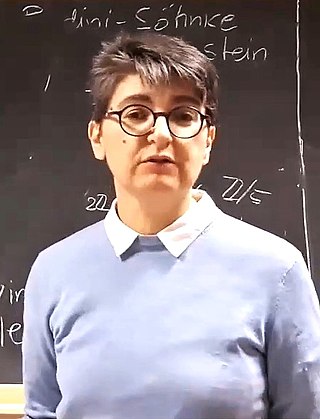
Barbara Fantechi is an Italian mathematician and Professor at the International School for Advanced Studies. Her research area is algebraic geometry. She is a member of the Accademia dei Lincei.

Crepereia Tryphaena was a young Roman woman, presumably about 20 years old, whose sarcophagus was found during the excavation works started in 1889 for the foundations of the Palace of Justice and for the construction of the Umberto I bridge over the Tiber in Rome. Among the items found in her sarcophagus were pieces of a funeral outfit, including a sculpted doll.













